Optimal Timing for Security Door Installations
Timing for security door installations can significantly impact the process's efficiency and effectiveness. Factors such as weather conditions, project scope, and security needs influence the ideal timing. Planning installations during periods of mild weather reduces delays caused by adverse conditions, ensuring smoother setup and minimal disruption.
Spring and fall often provide the best weather conditions for installing security doors, reducing the risk of weather-related delays.
Extreme heat, cold, or precipitation can hinder installation efforts, making moderate weather periods preferable.
Scheduling during off-peak times can lead to faster service and less scheduling conflicts.
Urgent security needs may require flexible timing regardless of season, emphasizing the importance of prompt installation.

Installing security doors during spring benefits from mild weather, ensuring efficient setup.
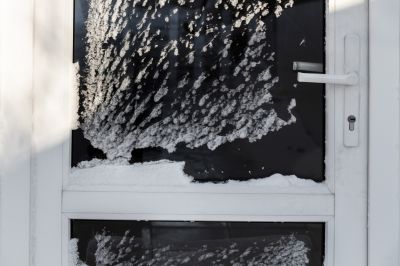
Adverse weather can delay installation, highlighting the importance of planning during favorable seasons.

Fall offers optimal conditions for installation, with cooler temperatures and less precipitation.
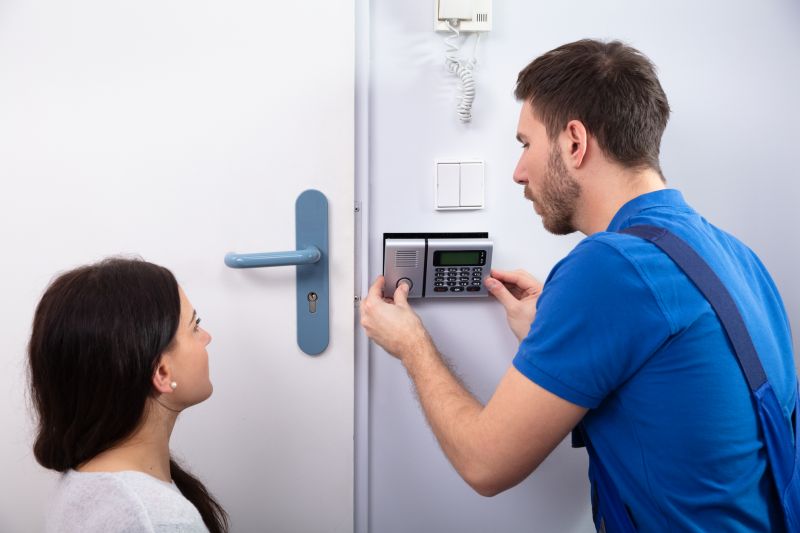
Ways to make Security Door Installations work in tight or awkward layouts.
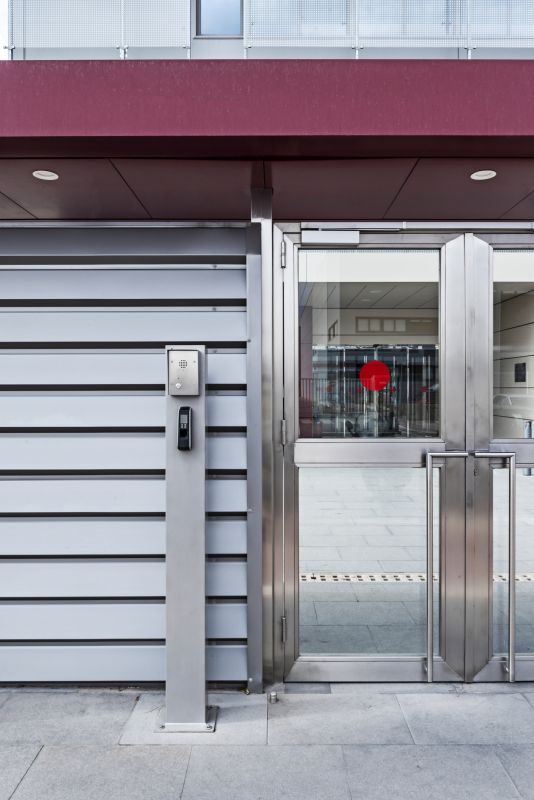
Popular materials for Security Door Installations and why they hold up over time.
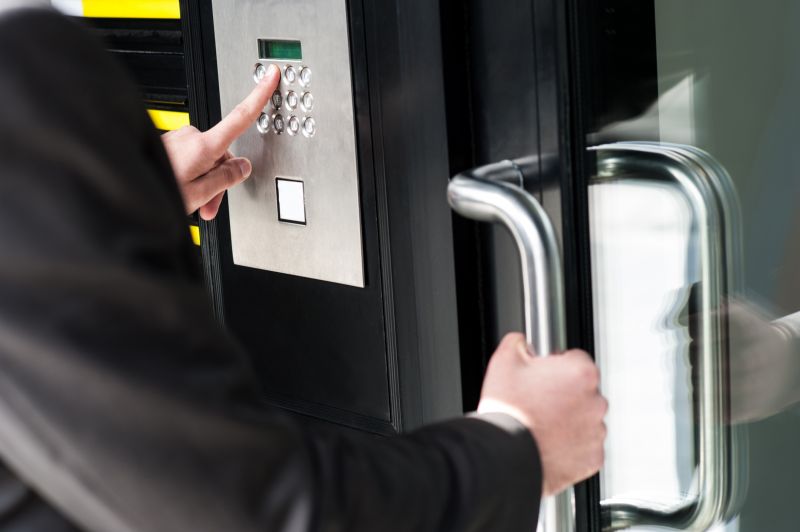
Simple add-ons that improve Security Door Installations without blowing the budget.
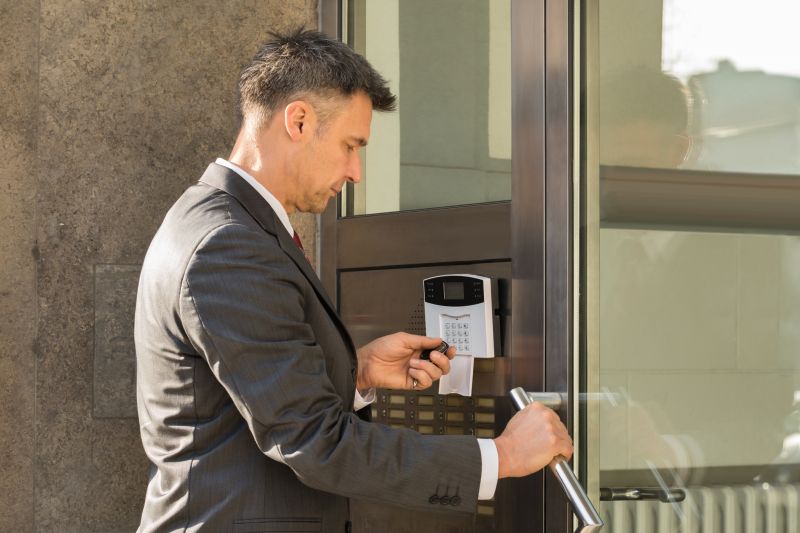
High-end options that actually feel worth it for Security Door Installations.
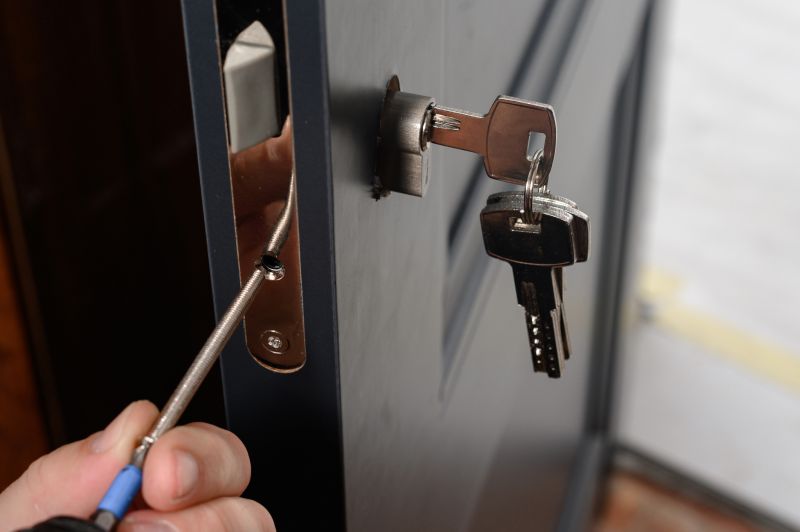
Finishes and colors that play nicely with Security Door Installations.
| Season | Advantages |
|---|---|
| Spring | Mild weather, longer daylight hours, optimal for scheduling |
| Summer | Longer days, but risk of heat and storms |
| Fall | Cool temperatures, less rain, good for installation |
| Winter | Potential for snow and cold, less ideal |
Security door installations are a vital component of property security, providing an added layer of protection against unauthorized access. Proper installation ensures durability and effectiveness, which can be compromised if done during unsuitable weather conditions. Advances in materials and installation techniques have improved the longevity and performance of security doors, making timing an important factor for optimal results.

Professional installation involves precise measurement, secure fitting, and thorough testing.
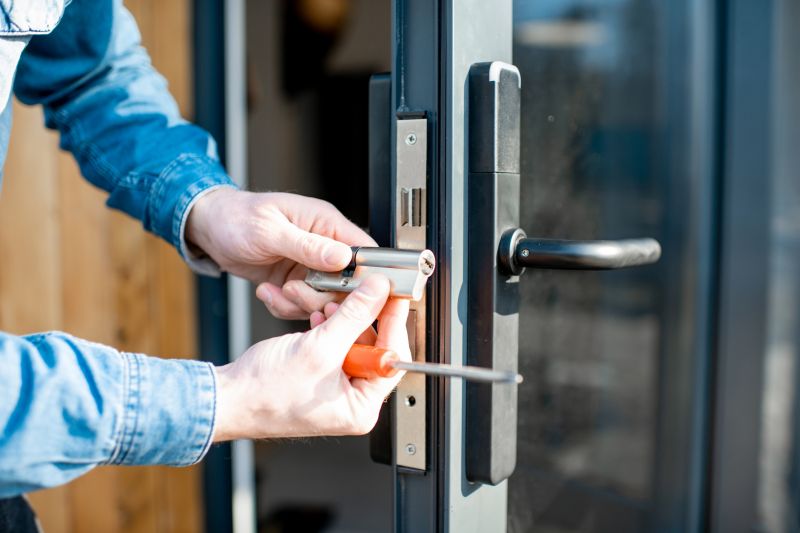
Specialized tools and equipment are necessary for proper security door setup.
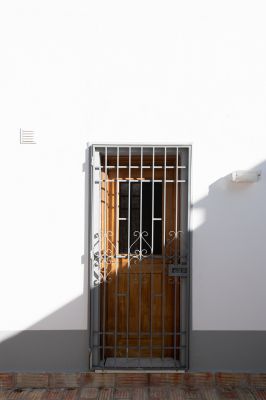
Various types include metal, wood, and composite doors, each requiring specific installation techniques.
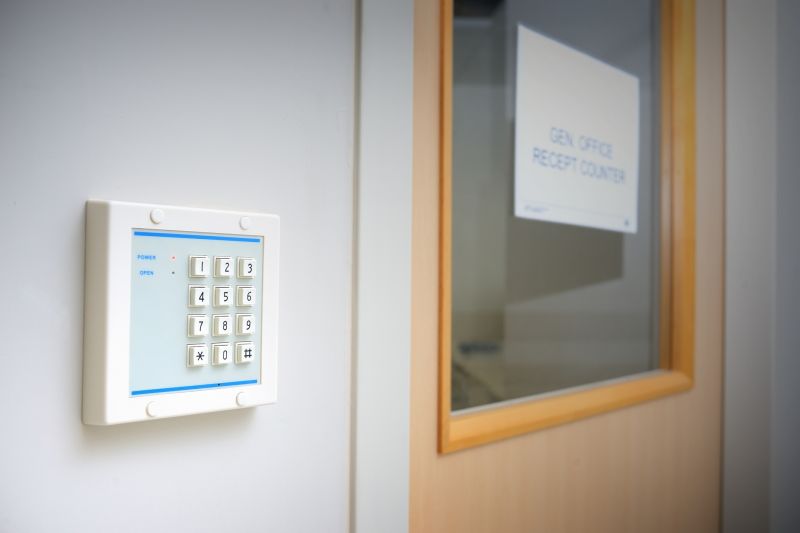
Ensuring proper alignment and functionality is crucial for security effectiveness.
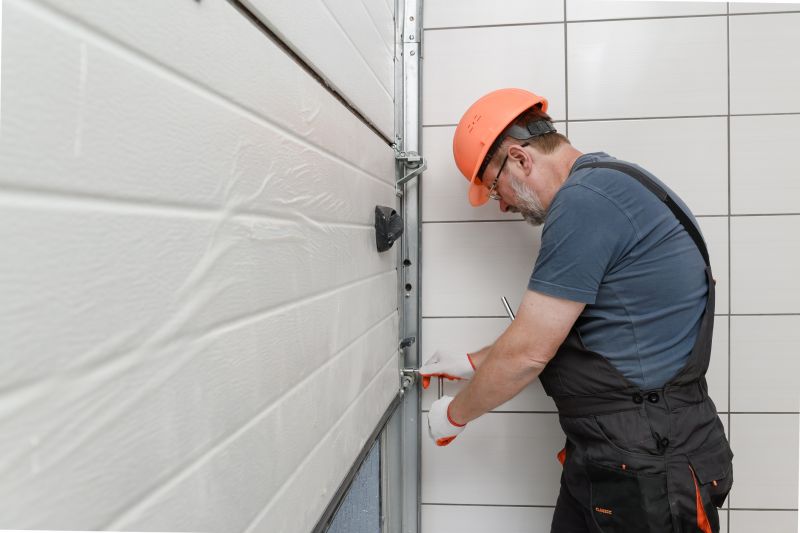
Little measurements that prevent headaches on Security Door Installations day.
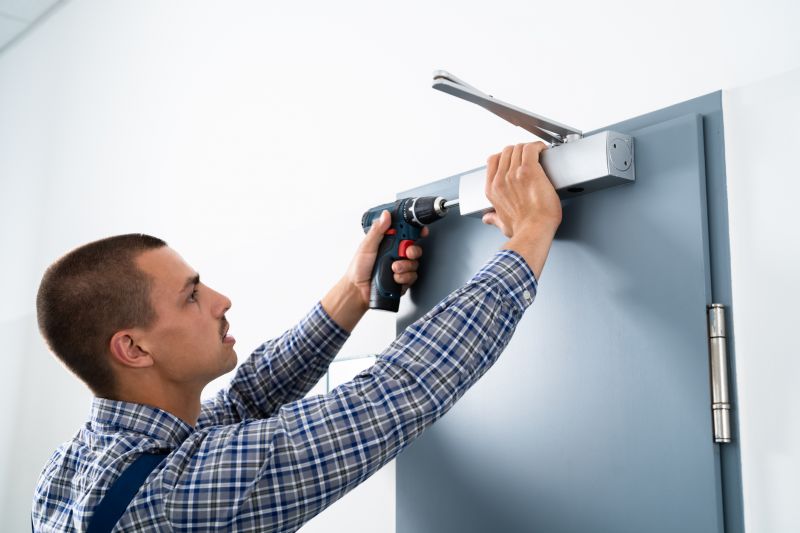
A 60-second routine that keeps Security Door Installations looking new.
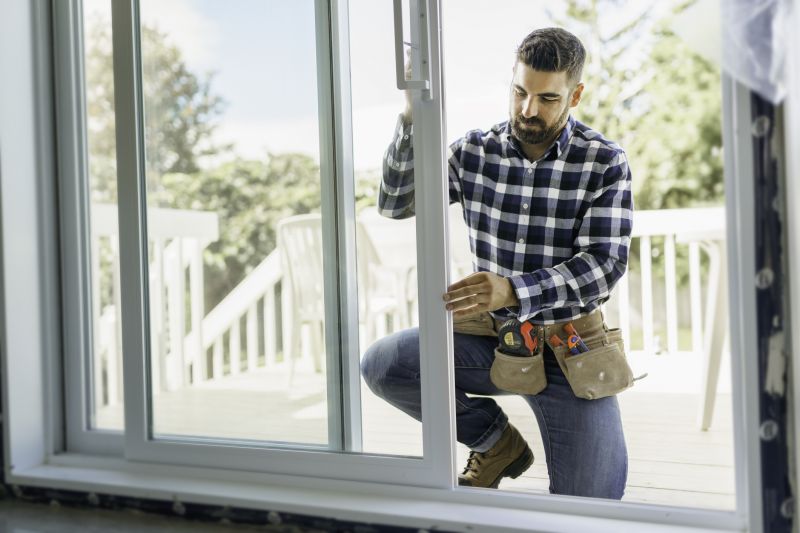
A frequent mistake in Security Door Installations and how to dodge it.
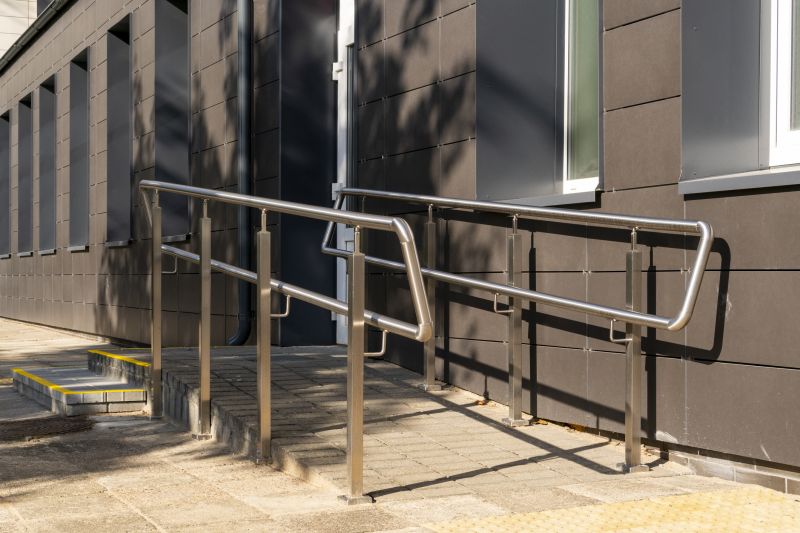
Small tweaks to make Security Door Installations safer and easier to use.
Interested parties are encouraged to contact for further details or to schedule an installation. Proper timing and professional setup are key to maximizing security and durability of new security doors.



